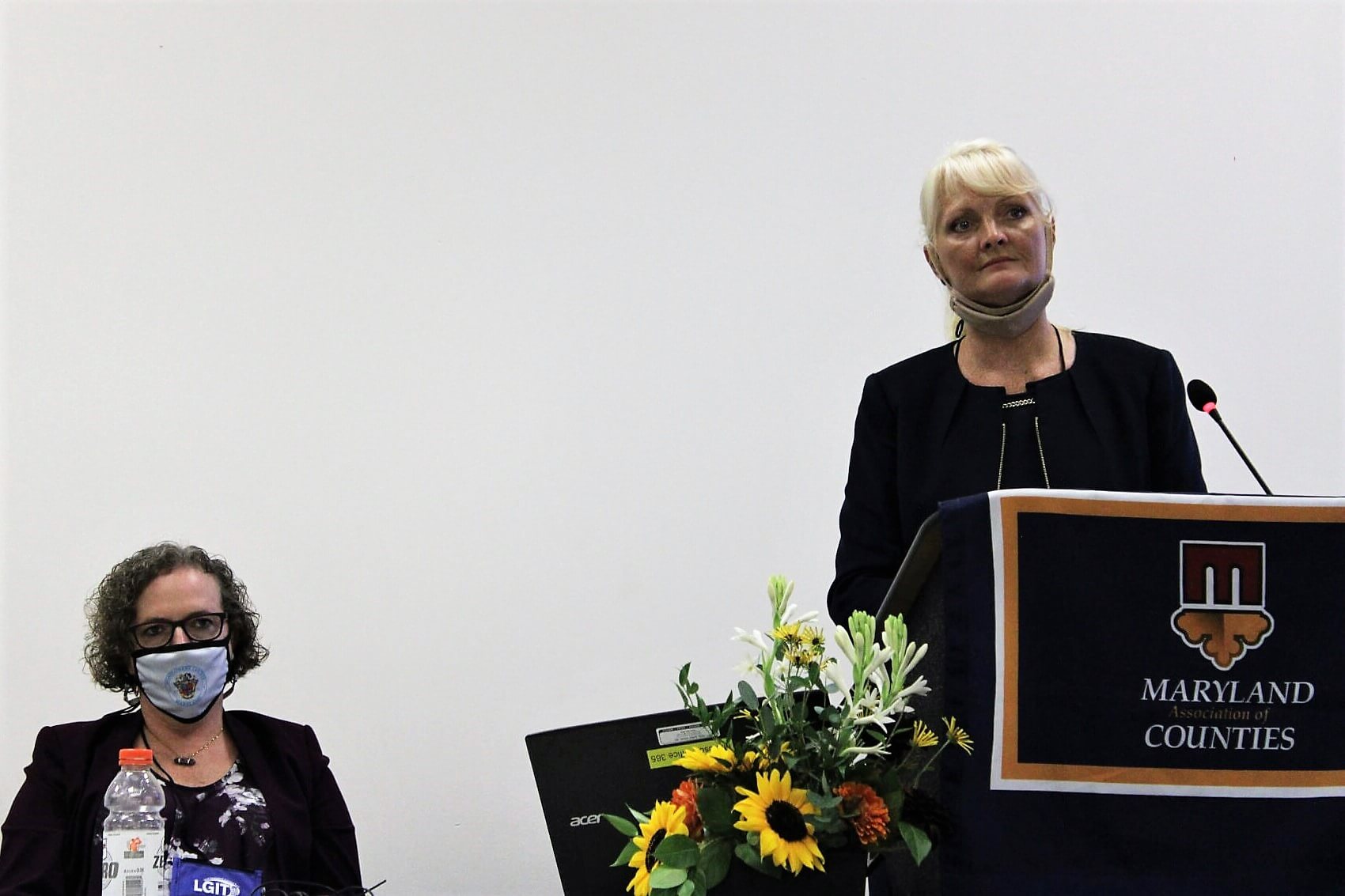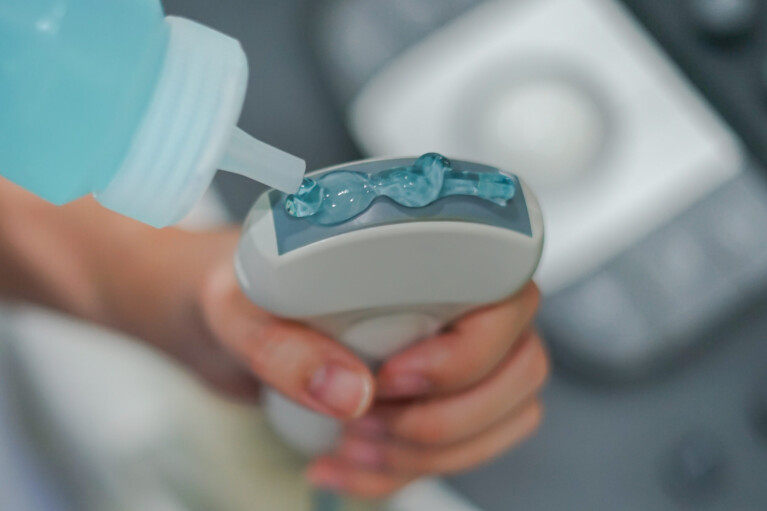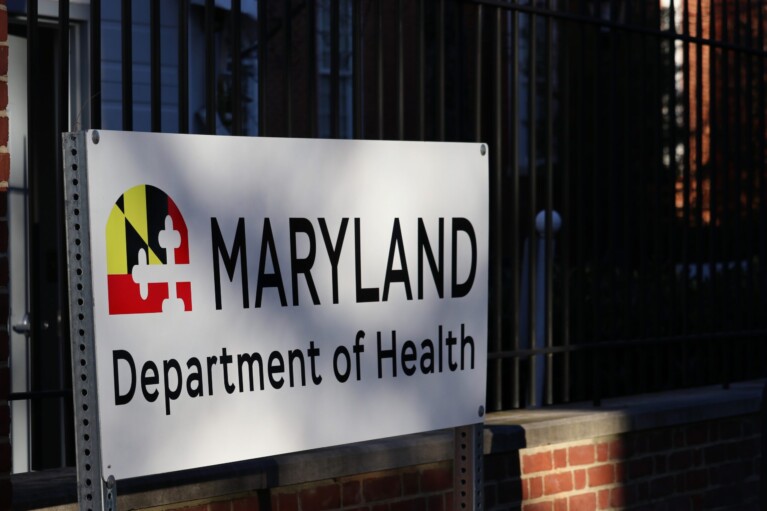After a Record Number of Fatal Overdoses in 2020, State and County Officials Plan Town Halls in Hardest-Hit Communities

State and local officials will soon be heading to into communities to talk with residents about what they think could ease the ache felt by Maryland’s opioid epidemic.
Robin Rickard, the director of Maryland’s Opioid Operational Command Center (OOCC), announced during a session at the Maryland Association of Counties Conference Wednesday afternoon that the Maryland Stop Overdose Strategy, or Maryland SOS, program will begin holding meetings next week in Western Maryland.
State and local officials will hold town halls in the region’s hardest-hit areas to speak directly with residents about what they feel their community needs to reduce the harm of the opioid epidemic.
Rickard called this a “redoubling” and a “more aggressive commitment” to help struggling Marylanders.
“They want to hear about what’s working, what might not be working,” she said. “And this comes at the heels of 2020 when Maryland, much like the rest of the country, saw the worst year for overdose deaths on record.”
Gov. Lawrence J. Hogan Jr. (R) made Maryland one of the first states in the nation to use an emergency declaration to address the opioid epidemic in 2017.
January through March of this year saw 682 fatal overdoses, demonstrating a 5.7% increase when compared to the same time period in 2020.
Opioids accounted for 89.7% of all fatal overdoses in the first quarter in 2021.
“Sadly, it does appear that the effects of COVID-19 continue to complicate the opioid crisis in the first three months of this year,” said Rickard.
Rickard said the SOS initiative will also provide an opportunity to educate residents about Maryland’s Opioid Restitution Fund.
Created in 2019, the fund is responsible for managing any financial awards the state receives through legal settlements with opioid manufacturers and distributors. The state has already received $12 million and may see a lot more soon.
The deadline for the state to determine whether it will settle with Johnson & Johnson, Cardinal Health, McKesson and AmerisourceBergen for the role the companies played in advancing the opioid epidemic is fast approaching.
Raquel Coombs, a spokesperson for Attorney General Brian E. Frosh, said in an email that the state is still in conversation with local jurisdictions regarding this decision.
Rickard said that, should Frosh choose to settle, hundreds of millions of dollars could flood into the restitution fund. She’d like to see the money go to the agency’s competitive grant program, which distributes money to public and private entities.
“I always say ‘I’m going to play the lottery, and if I win, I’m funding them all,’ because that’s my passion,” Rickard said of the programs that vie for funding. “So I’m hoping … when this money comes in — if it’s a good program — that we’re going to be able to fund it because we need to really invest in this crisis.”
Editor’s Note: This story has been updated to correct the amount of money the state has received in the opioid restitution fund to $12 million.




 Creative Commons Attribution
Creative Commons Attribution